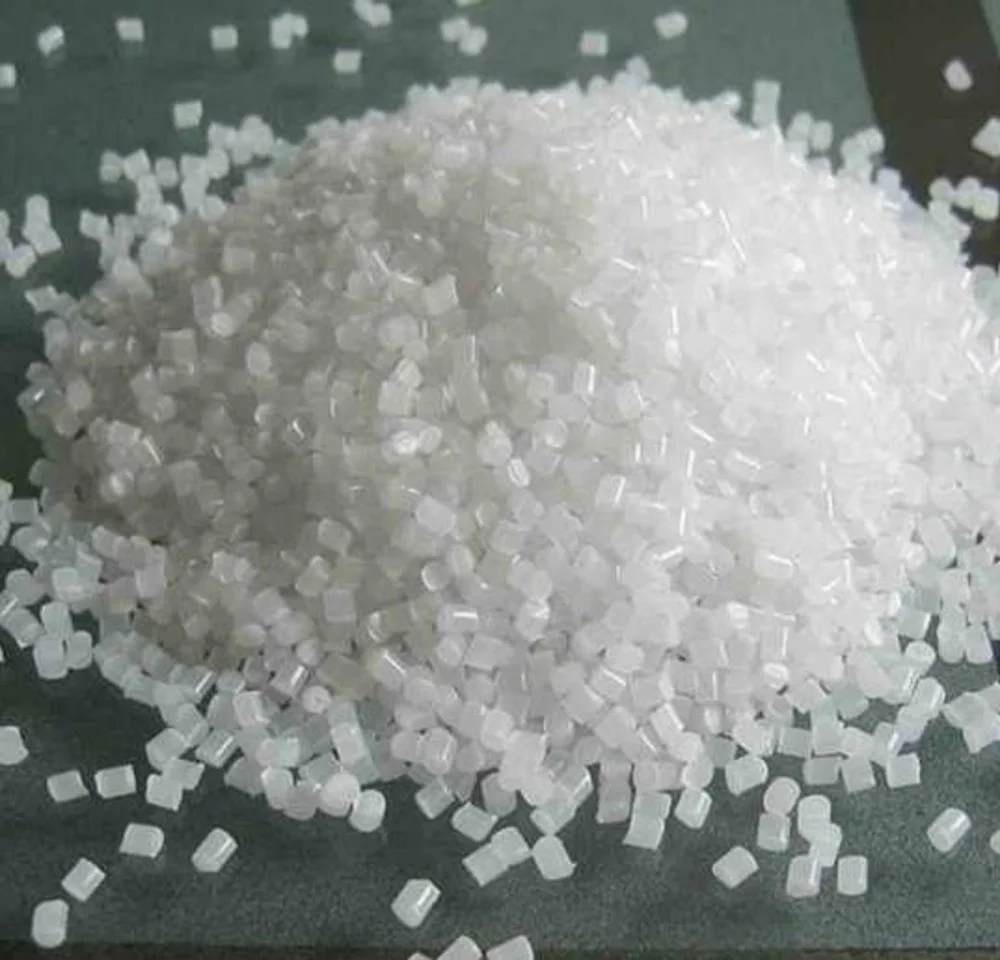
This cookie is set by GDPR Cookie Consent plugin. The cookies is used to store the user consent for the cookies in the category "Necessary". The cookie is used to store the user consent for the cookies in the category "Other.

The cookie is set by GDPR cookie consent to record the user consent for the cookies in the category "Functional". The cookie is used to store the user consent for the cookies in the category "Analytics". It does not correspond to any user ID in the web application and does not store any personally identifiable information. The cookie is used by cdn services like CloudFare to identify individual clients behind a shared IP address and apply security settings on a per-client basis. These cookies ensure basic functionalities and security features of the website, anonymously. Necessary cookies are absolutely essential for the website to function properly. Grafix shall not otherwise be liable for loss or damages, whether direct, indirect, special, incidental or consequential, regardless of the legal theory asserted, including, but not limited to, contract, negligence, warranty or strict liability. Limitation of Remedies and Liability: If the Grafix product is proven to be defective, THE EXCLUSIVE REMEDY, AT GRAFIX’S OPTION, SHALL BE TO REFUND THE PURCHASE PRICE OF OR TO REPAIR OR REPLACE THE DEFECTIVE GRAFIX PRODUCT. Given the variety of factors that can affect the use and performance of a Grafix product, some of which are uniquely within the user’s knowledge and control, it is essential that the user evaluate the Grafix product to determine whether it is fit for a particular purpose and suitable for the user’s method of application. Please remember that many factors can affect the use and performance of a Grafix Plastics film product in a particular application. The user is responsible for determining whether the Grafix product is fit for a particular purpose and suitable for the user’s method of application. Important Notice: Grafix makes no warranties, express or implied, including but not limited to any implied warranty of merchantability of fitness for a particular purpose. On the contrary, HDPE is a lot easier to transport and proceed through the recycling tool.Typical Properties of High Density Polypethylene (HDPE) Sheets HDPE comes under recycling number 2, and LDPE is classified under recycling number 4.īased on the product, LDPE can be pretty tough to recycle as it’s softer and can get stuck in the recycling machine. This procedure lets out the ethylene gas monomers, which then blend to create polymer chains.Įven though HDPE and LDPE are both recyclable, they should be recycled individually. HDPE is produced by heating petroleum to extremely high temperatures. LDPE is generated by flattening monomer ethylene gas in an autoclave or tubular reactor to simplify polymerization i.e., the association of monomers into polymer chains. In addition, its more crystalline structure leads to greater strength and transparency of the material. Its higher melting point is 135° C that allows it to resist higher temperatures compared to LDPE. On the other hand, HDPE is exceptionally rigid, durable, and provides much better chemical resistance. However, when compared to HDPE, it’s more likely to tear under stress. It also has a lower melting point that is 115° C and is more transparent.

LDPE is basically softer and more flexible compared to HDPE.

The most common kinds of polyethylene are high density (HDPE) and low density (LDPE) polyethylene.Įven though both materials are polyethylene, they do have different characteristics and properties. Additionally, it can be further categorized into various subcategories as per its molecular structure, all of which show unique properties. It is easily found in almost everything from grocery bags to kid’s toys, shampoo bottles, and more. Polyethylene is one of the most commonly used thermoplastics worldwide.


 0 kommentar(er)
0 kommentar(er)
